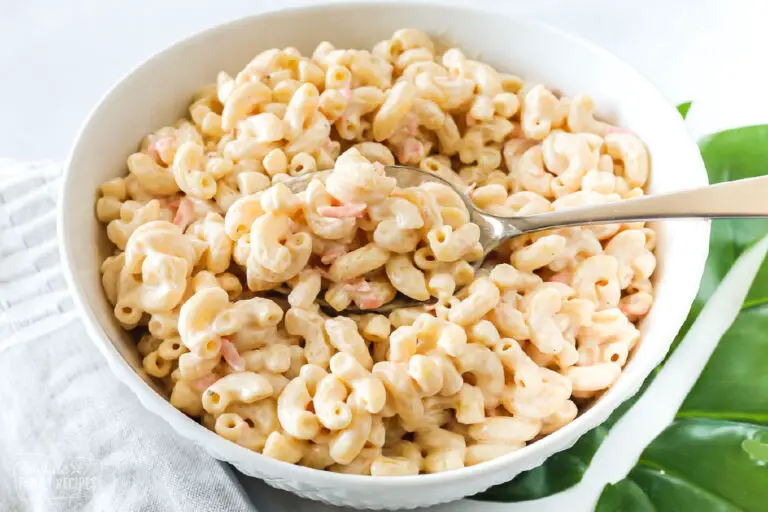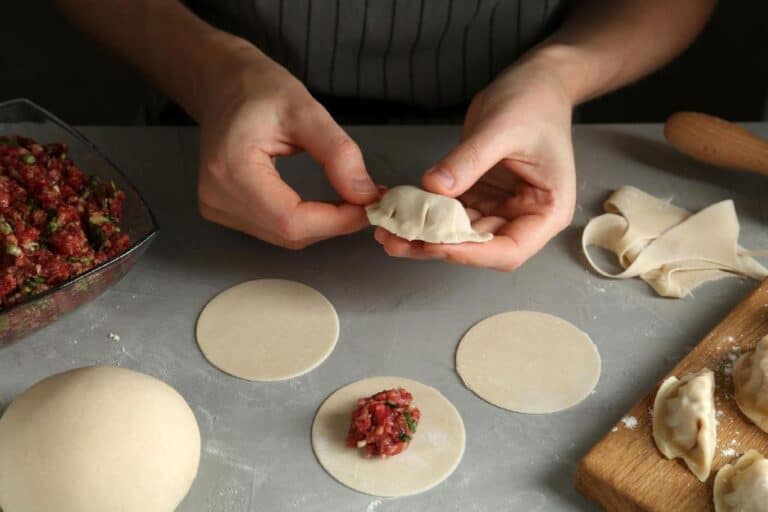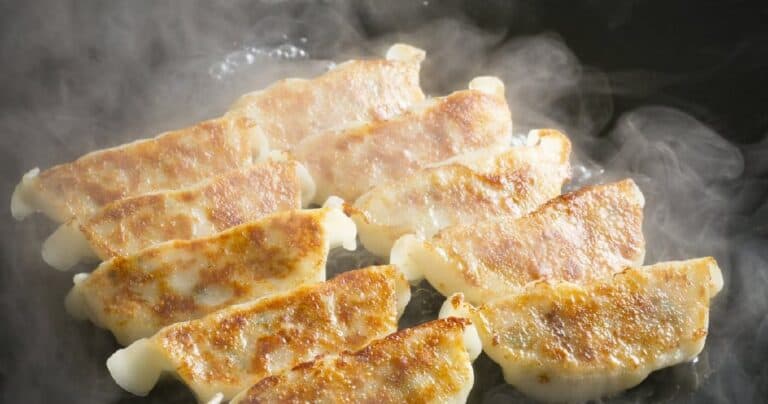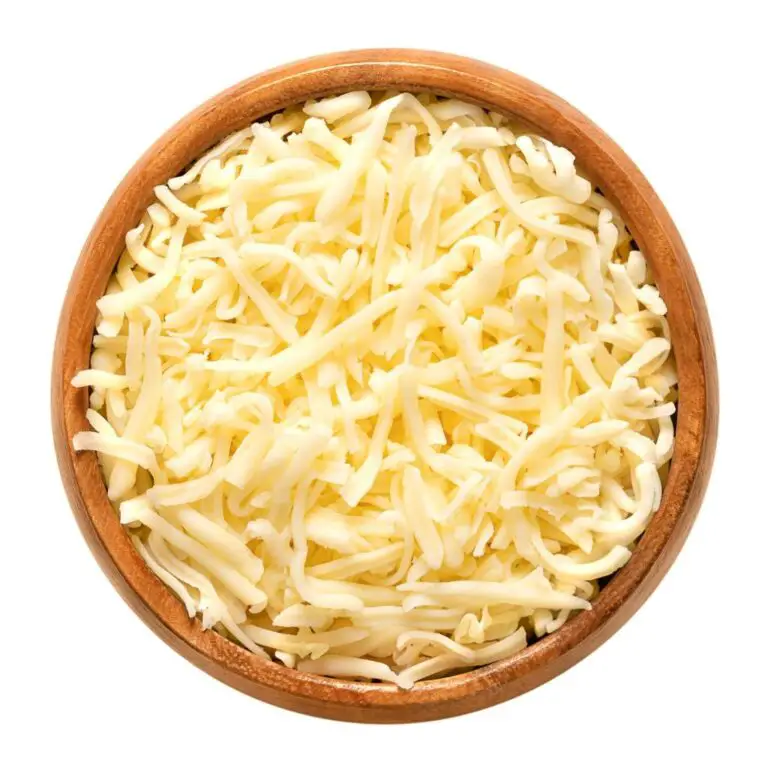How to Store Freshly Made Gyoza and Cooked Gyoza?
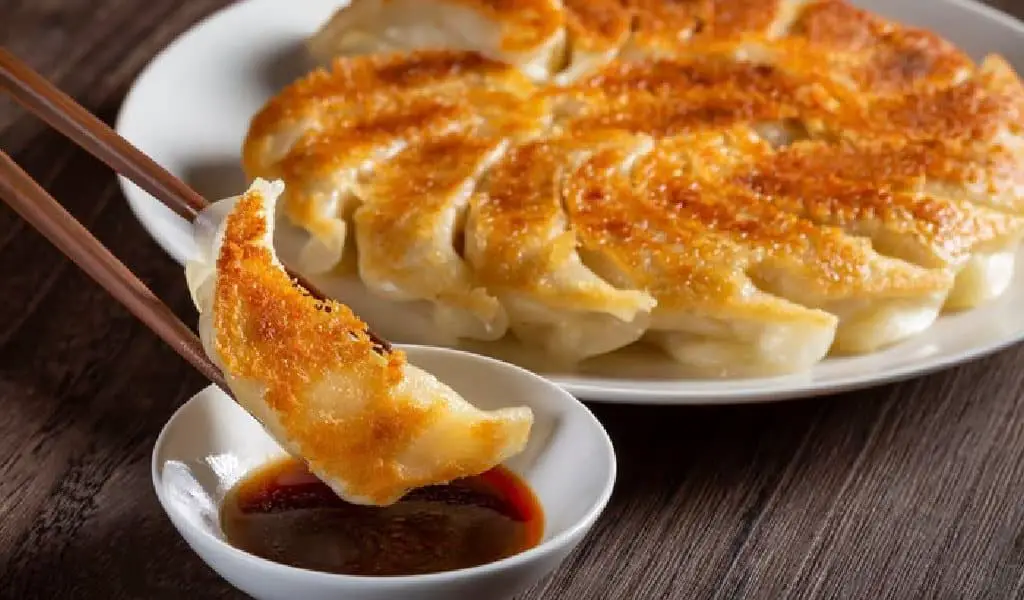
Learn the secrets of storing and cooking gyoza like a pro! Keep your dumplings fresh and enjoy their mouthwatering flavors anytime.
Are you a fan of the delicious Japanese dumplings known as gyoza? If so, you know that these savory parcels of goodness are best enjoyed fresh and hot off the pan. But what do you do if you have some leftover gyoza or want to make a big batch ahead of time?
Fear not! We have all the tips for storing both freshly made and cooked gyoza. They will stay flavorful for whenever your cravings strike.
This article will explore the art of keeping the delicate balance of flavors in fresh gyoza. We will look at new storage techniques that keep their texture and taste. Also, we will uncover the secrets to reheating cooked gyoza. This will keep them crispy outside and juicy inside.
Brief Explanation of What Gyoza Is
Gyoza, also known as potstickers, are a type of Japanese dumpling with origins in Chinese cuisine. They usually have a ground meat or vegetable filling. This is wrapped in a thin dough. The dough is sealed by pressing the edges. The dumplings are commonly pan-fried on one side until crispy and then steamed to ensure the filling is cooked through.
Gyoza are often served with a dipping sauce made from soy sauce, rice vinegar, and sesame oil. They can be enjoyed as a snack, appetizer, or part of a meal. Gyoza come in various forms, with popular fillings including pork, chicken, shrimp, and cabbage. They are a versatile dish that can be customized to suit different tastes and dietary preferences.
Why You Want to Store Gyoza Properly
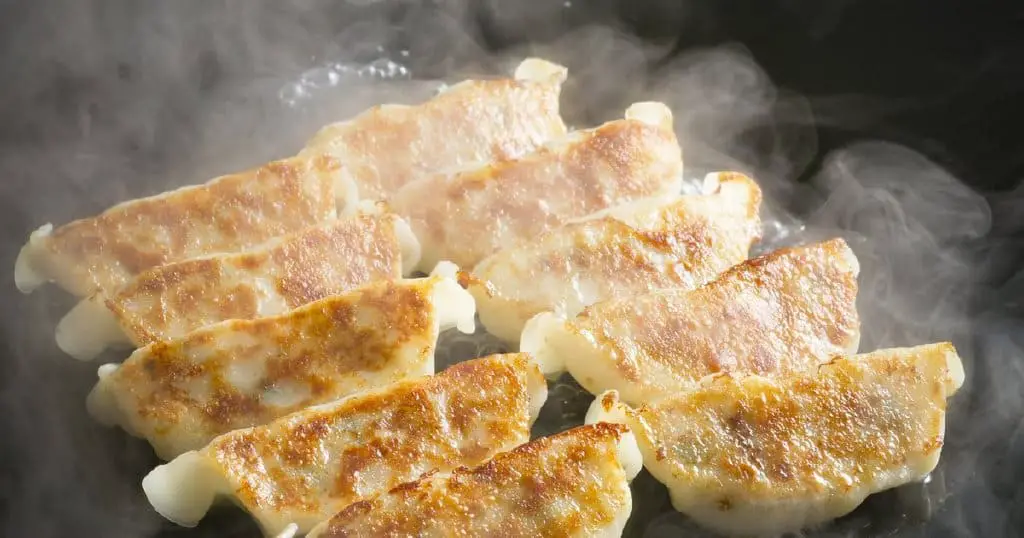
Storing gyoza properly is essential to maintaining their freshness and flavor. Proper storage helps prevent spoilage. It keeps food’s texture, flavor, and shelf life.
Firstly, storing gyoza in the refrigerator or freezer prevents bacterial growth and spoilage. This ensures that the dumplings remain safe to eat and reduces the risk of foodborne illnesses.
Secondly, correct storage helps maintain the texture of the gyoza. Improper storage can cause the wrappers to become either too soggy or too dry, affecting the overall eating experience.
Moreover, proper storage preserves the flavors of the filling and seasonings. This ensures that the gyoza taste as delicious as when they were first made, even after being stored for a period of time.
Lastly, storing gyoza properly extends their shelf life, allowing you to enjoy them over a longer period of time. This can be particularly useful when you have leftovers or when you want to prepare gyoza in advance for later consumption.
How to Store Freshly Made Gyoza
1. Refrigeration
Place the gyoza in an airtight container or a ziplock bag. This helps prevent air exposure, which can lead to drying out or loss of flavor. Store the container in the refrigerator, where the temperature is consistently cold, ideally at or below 40°F (4°C). Freshly made gyoza can be refrigerated for up to 2-3 days.
2. Freezing
Freezing freshly made gyoza is a great way to preserve them for later use. Here’s a simple guide on how to freeze them properly:
Freezing Process: Place the gyoza on a baking sheet in a single layer. This helps prevent them from sticking together during the freezing process. Place the baking sheet in the freezer and allow the gyoza to freeze completely. Once frozen, transfer the gyoza to a freezer bag or airtight container.
Storage Duration: Frozen gyoza can be stored in the freezer for up to 1-2 months. It’s important to label the freezer bag or container with the date the gyoza were frozen to keep track of their freshness.
Reheating: When you’re ready to enjoy the frozen gyoza, there’s no need to thaw them. You can cook gyoza dumpling directly from frozen by pan-frying or steaming until heated through. This makes them a convenient and quick meal option.
How to Store Cooked Gyoza
Storing cooked gyoza properly is essential to maintain their texture and flavor. To store cooked gyoza, follow these steps:
Cooling the Dumplings
- Remove the cooked dumplings from the cooking vessel or steamer and place them on a clean, flat surface.
- Arrange the dumplings in a single layer to ensure they cool evenly and prevent them from sticking together.
- Allow the dumplings to cool at room temperature for approximately 15 to 20 minutes.
- Avoid putting them in the fridge right away. Condensation forms during rapid cooling. It can make the dumplings damp and harm their texture.
Packaging the Dumplings
- Once the dumplings have cooled down, it’s time to package them properly for storage.
- If you plan to freeze the dumplings, you must wrap each one before storing them in a bag or container.
- Use plastic wrap or parchment paper to wrap each dumpling, leaving sufficient space between them.
- Fold the wrap or parchment paper over the dumpling and secure it tightly.
- Repeat this process for each dumpling.
- If you prefer to store the dumplings in bulk, ensure that the storage container or freezer bag is clean, airtight, and freezer-safe.
Freezing the Dumplings
- Place the wrapped dumplings in a freezer bag or airtight container.
- Label the bag or container with the date and contents.
- Store the dumplings in the freezer for up to 3 months.
Reheating the Dumplings
- To reheat frozen dumplings, place them on a sheet of aluminum foil with the grilled surface up.
- Heat the dumplings in a toaster oven at 400-450°F for approximately 5 minutes.
- Alternatively, heat a skillet with medium-low heat. Add a teaspoon of cooking oil and pan-fry the dumplings with the grilled side down for about 3 minutes. You may also try using olive oil to cook and reheat gyoza for better flavor.
- Avoid reheating dumplings in a microwave, as it can cause them to lose their crispiness.

